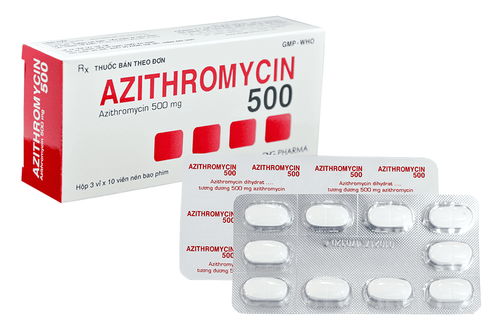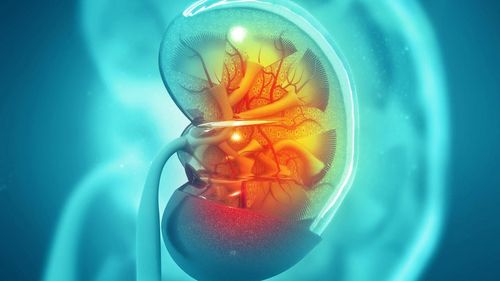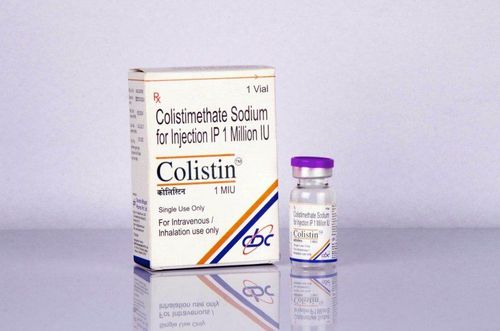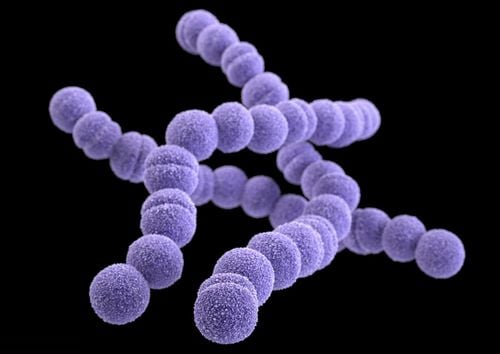This is an automatically translated article.
Bacteria are single-celled organisms that appear everywhere and live in all different climates. For humans, besides beneficial bacteria such as bacteria that support the digestive process, enhance immunity.. There are also harmful bacteria that cause bacterial infections.
1. What are gram negative and gram positive bacteria?
Gram-negative and gram-positive bacteria are a way of classifying bacteria based on the results of the gram stain test, the traditional method for rapidly classifying bacteria according to their cell wall structure.
Gram-positive bacteria are bacteria that have a thick peptidoglycan layer in the cell wall that helps to retain the crystalline purple color after gram staining is called positive after gram staining.
Gram-negative bacteria do not retain the stain after the decolorization step, so they are called negative because the thin peptidoglycan layer sandwiched between the inner and outer cell membranes of the bacteria makes them pink or red in the color of the anti-stain. .
2. Main groups of bacteria
Bacteria are classified into groups according to their basic shapes: bacilli (rod), cocci (spherical) and spiral bacteria. The most common pathogenic bacteria are in the group of bacilli and cocci.
Cocci are a group of absolutely aerobic or facultative anaerobic spherical bacteria with 3 common types of human disease:
Staphylococcus: Gram-positive cocci of the type of staphylococcus Streptococcus (streptococcal) and diphtheria (streptococcal). Diplococcus): gram-positive cocci of the streptococci type Gram-negative cocci of the type Neisseria gram negative grow well on common artificial media. Important enteric pathogens include: Salmonella, Shigella and Escherichia Coli. There are also Klebsiella pneumoniae, proteus and other less pathogenic bacilli Other common pathogens are diphtheria bacillus and M.tuberculosis bacilli.
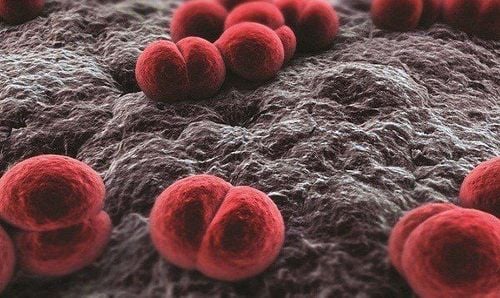
Cầu khuẩn là một trong những nhóm vi khuẩn phổ biến
3. Bacteria cause what disease?
With the above grouping, the cocci and bacilli will cause the following diseases, respectively:
3.1 Group of cocci
Staphylococcus (staphylococcus): often causes additional bacterial infections, bacteremia, food poisoning and acute enteritis. People with natural immunity to staphylococcus are less likely to have communicable diseases.
Streptococcus (streptococcus):
Group A streptococcus: often causes skin infections such as eczema, wound infections, pharyngitis or other infections. Secondary localized infections such as: sepsis after uterine, cystic, pharyngeal infections, endocarditis, nephritis, pneumonia, meningitis, rheumatic fever Group D Streptococcus: often cause urinary tract infections Group B, C streptococcus: usually mild and seen in slow progressing infections Streptococcus pneumoniae (pneumococcal):
Causes respiratory diseases, typically bronchopulmonary pneumonia, lung abscess, pleurisy Causes sinusitis, pharyngitis, meningitis, peritonitis, pericarditis or nephritis, orchitis Neisseria meningitidis (meningococcal): is an absolute parasitic bacteria in humans that causes pharyngitis, meningococcal meningitis. or very severe sepsis
3.2 Group of bacteria causing intestinal disease
Salmonella: Causes typhoid and paratyphoid
Bacteria enter the bloodstream tangled up to the lymphatic organs causing necrosis, bleeding or intestinal perforation Endotoxins released by bacteria act on nerves causing fever long, continuous, lethargy, bradycardia and a characteristic drop in blood pressure. Shigella: Bacterium causing dysentery
Bacteria that enter the digestive tract through food and water and reside in the colon. They reproduce very quickly in the intestinal mucosa and release endotoxins that cause ulcers, necrosis and local bleeding, making the stools of the patient bloody. The toxin also affects the nervous system, causing increased intestinal motility, causing the patient to have frequent bowel movements and abdominal cramps. Escherichia coli: The bacillus can cause inflammation of the gastrointestinal tract, urinary tract, genitals, intestines, respiratory tract or bacteremia, but the most important is still gastroenteritis with characteristic manifestations of diarrhea.
Vibrio cholerae (cholera): Causes diarrhea that causes patients to die from dehydration and loss of electrolytes if not treated promptly.
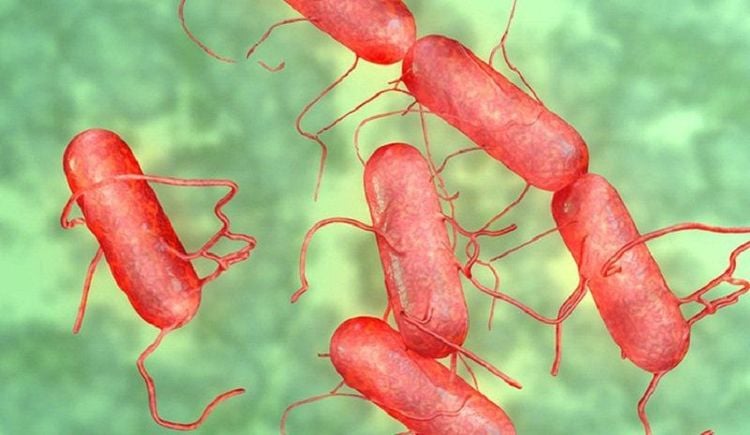
T rực khuẩnSalmonella là nguyên nhân gây ra bệnh thương hàn
3.3 Other pathogenic bacilli
Diphtheria bacillus: Causes diphtheria, which is especially dangerous for children, very acute toxic bacterial infection Tuberculosis bacilli: Causes tuberculosis in any organ of the body Antibiotics are effective drugs It is used against infections because of the bacteria's ability to disrupt cell growth processes, but must be used in the correct dose and type as prescribed by a qualified physician.
When seeing signs of infection, especially the elderly and young children, patients can go to Vinmec International General Hospital for examination and treatment. There is a team of well-trained and experienced infectious disease doctors, a system of complete and modern medical equipment and professional service quality for high efficiency in diagnosis and treatment. The hospital receives examination, diagnosis, treatment, cooperation against epidemics and takes care of patients with diseases caused by bacteria, parasites, infections with unknown causes. In particular, the Department of Infectious Diseases - Vinmec International General Hospital also includes the function of organizing vaccinations under the direction of the Ministry of Health, performing both for children and adults, especially serving adults, typically vaccinated against HPV, hepatitis A, hepatitis B, shingles, Herpes, malaria, pneumonia,...
Please dial HOTLINE for more information or register for an appointment HERE. Download MyVinmec app to make appointments faster and to manage your bookings easily.





